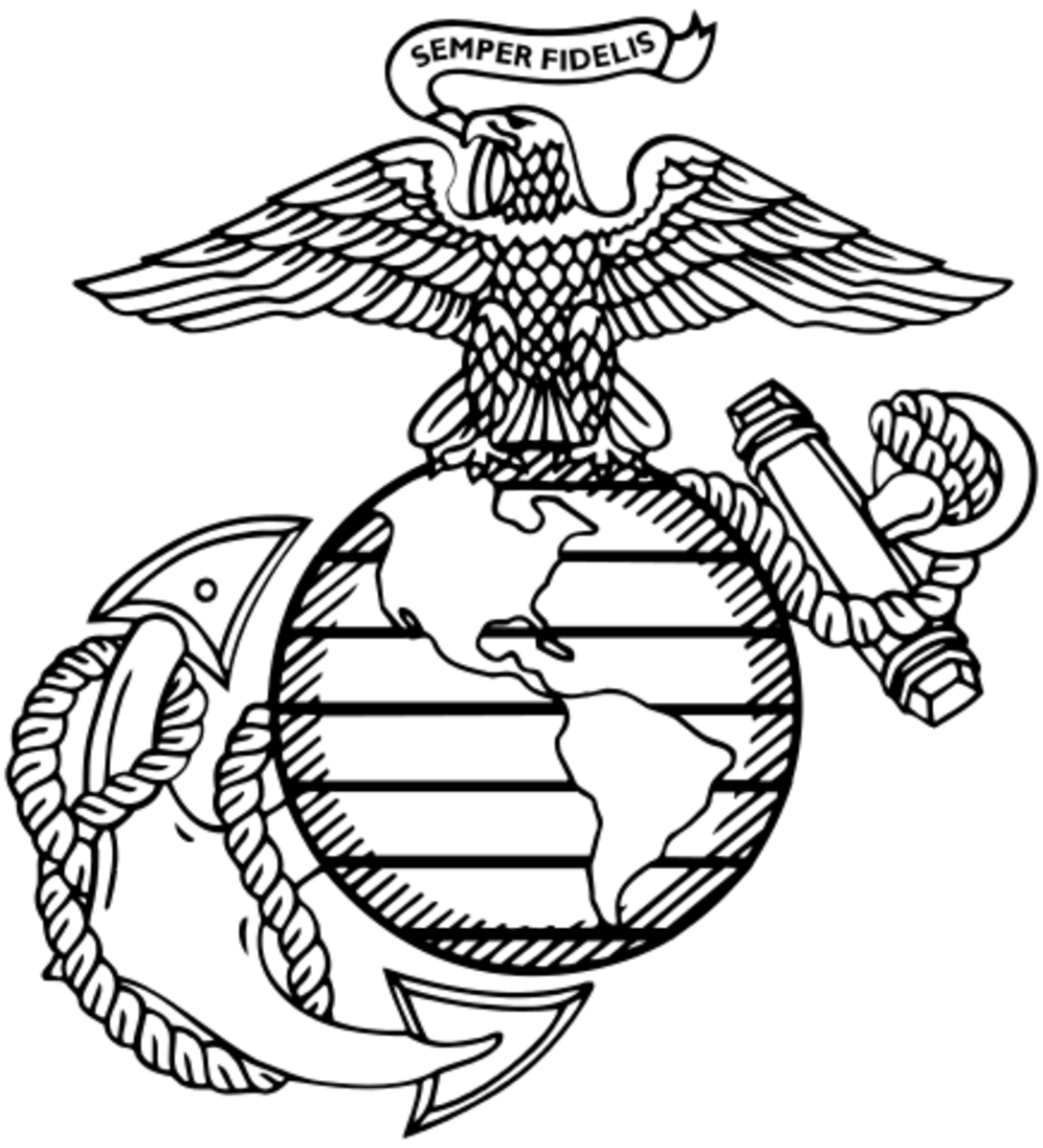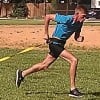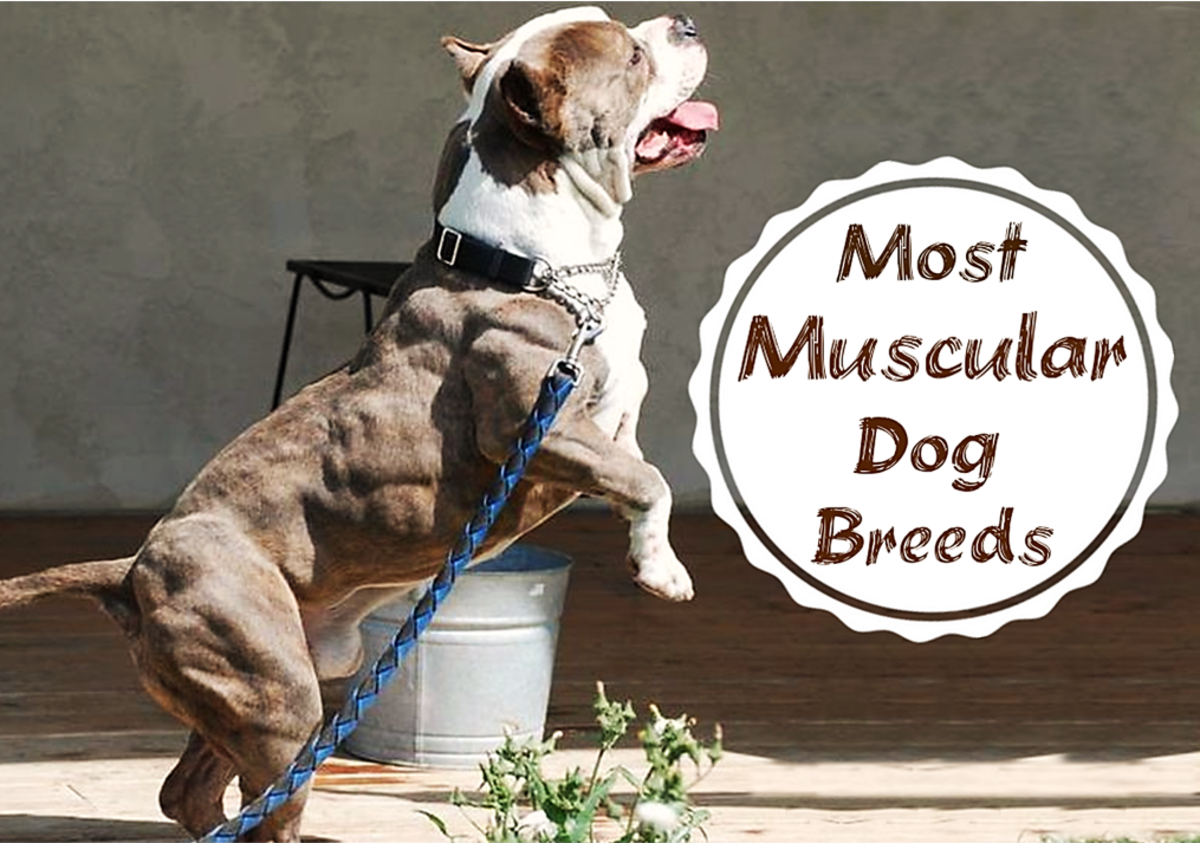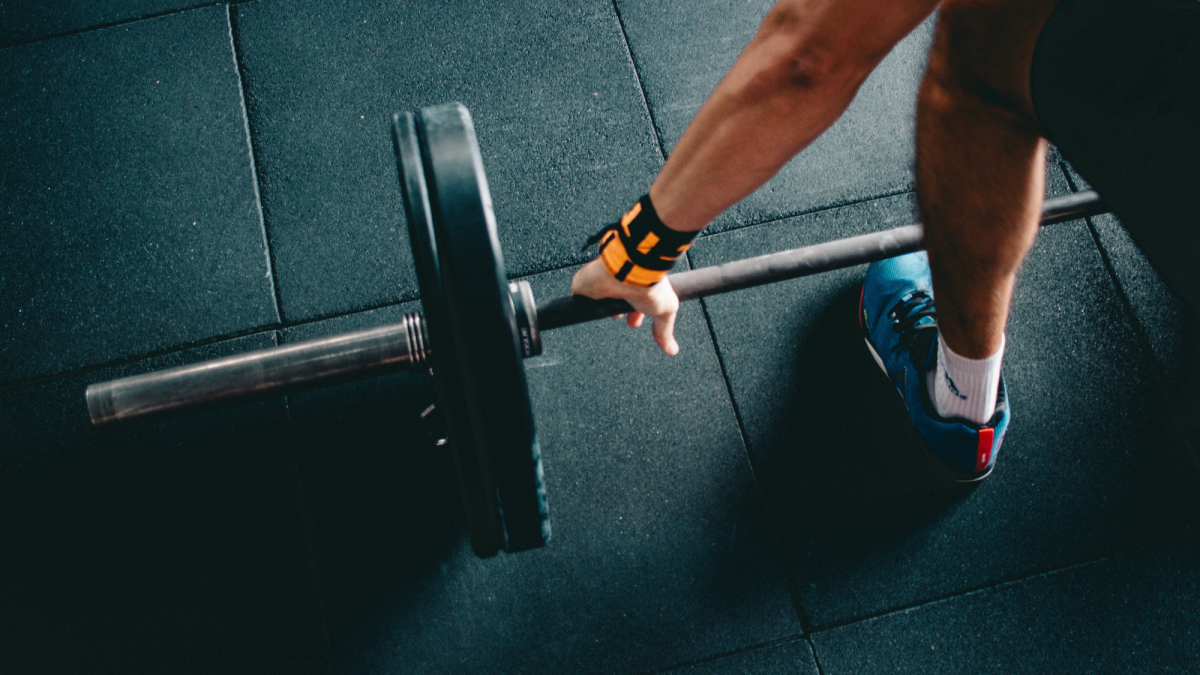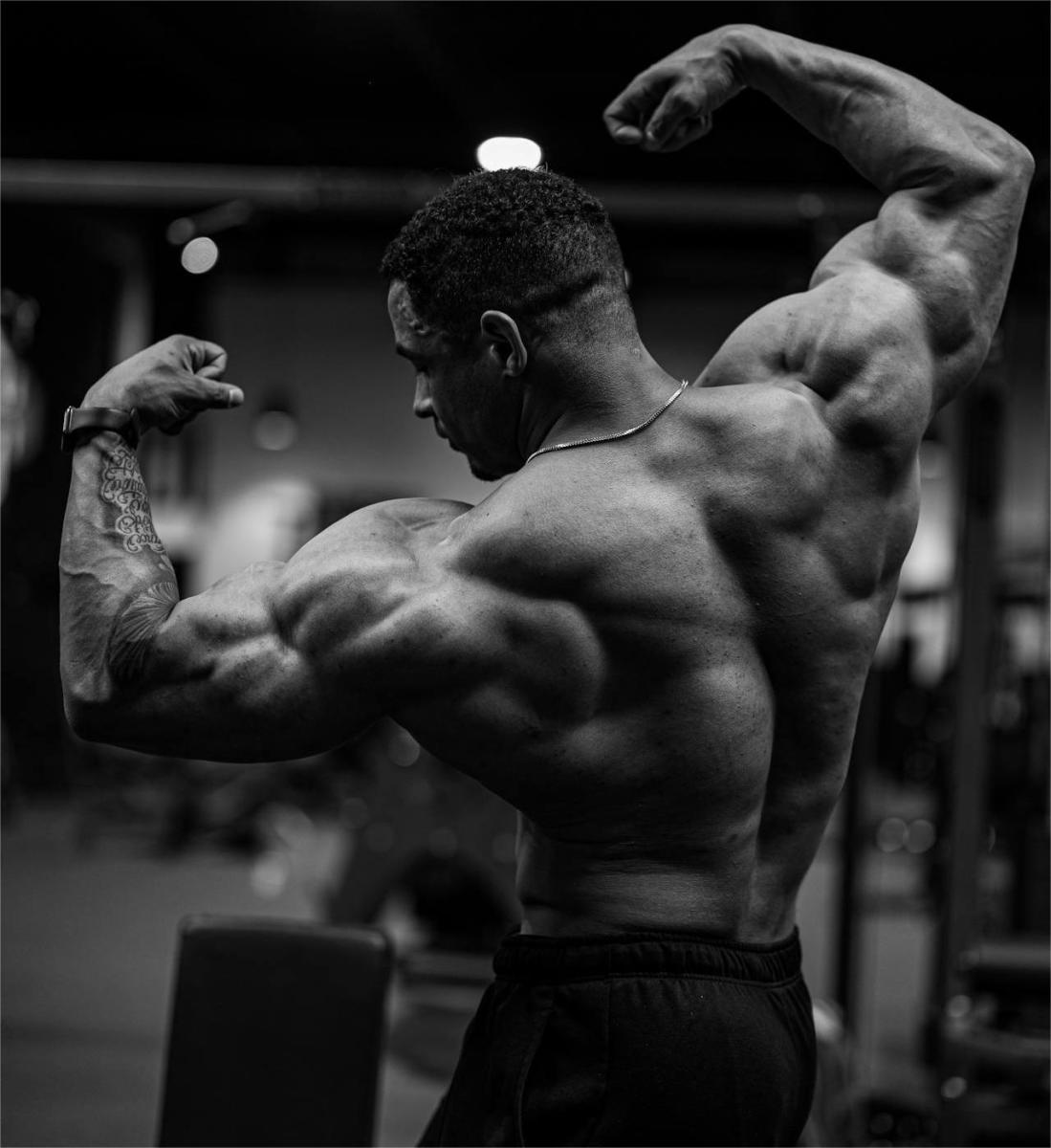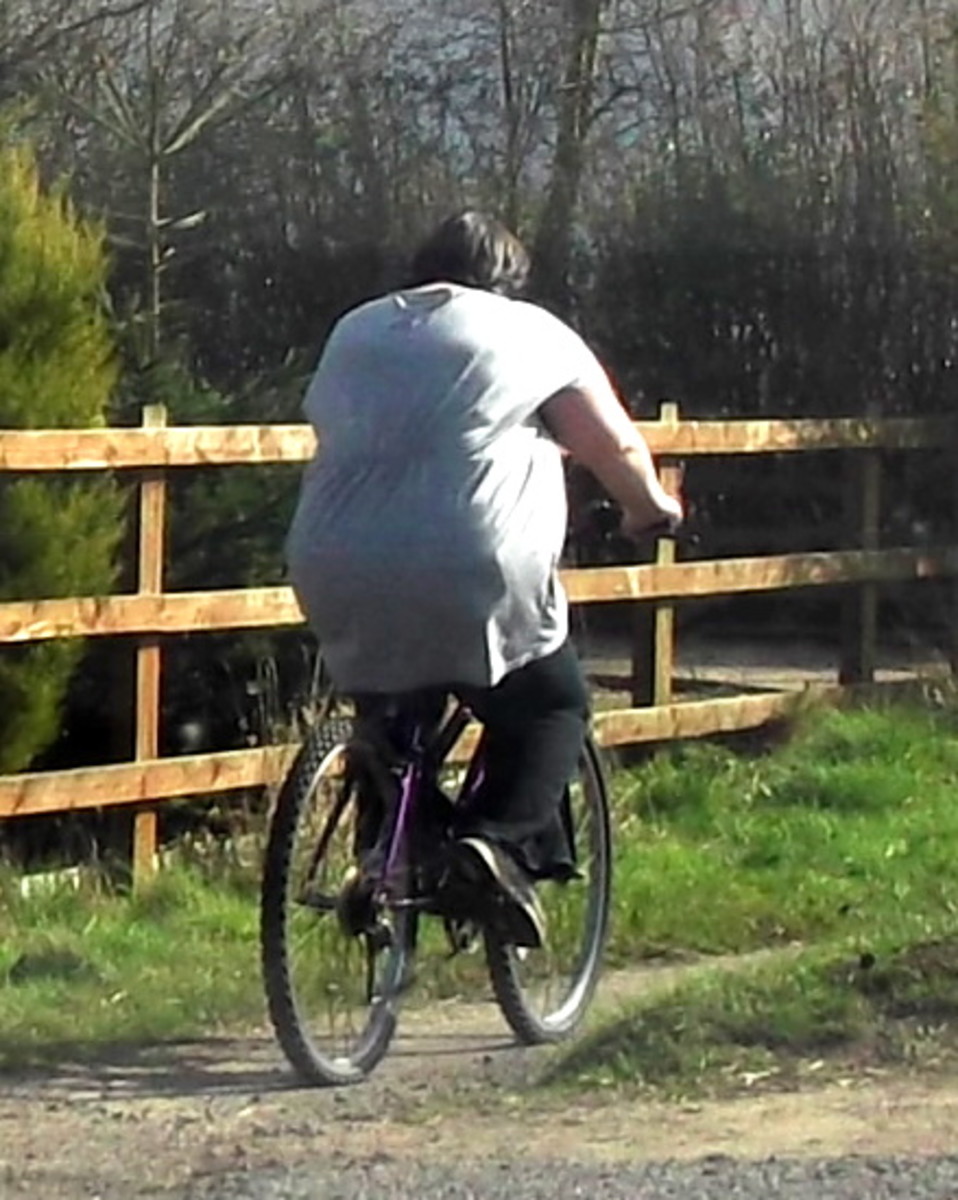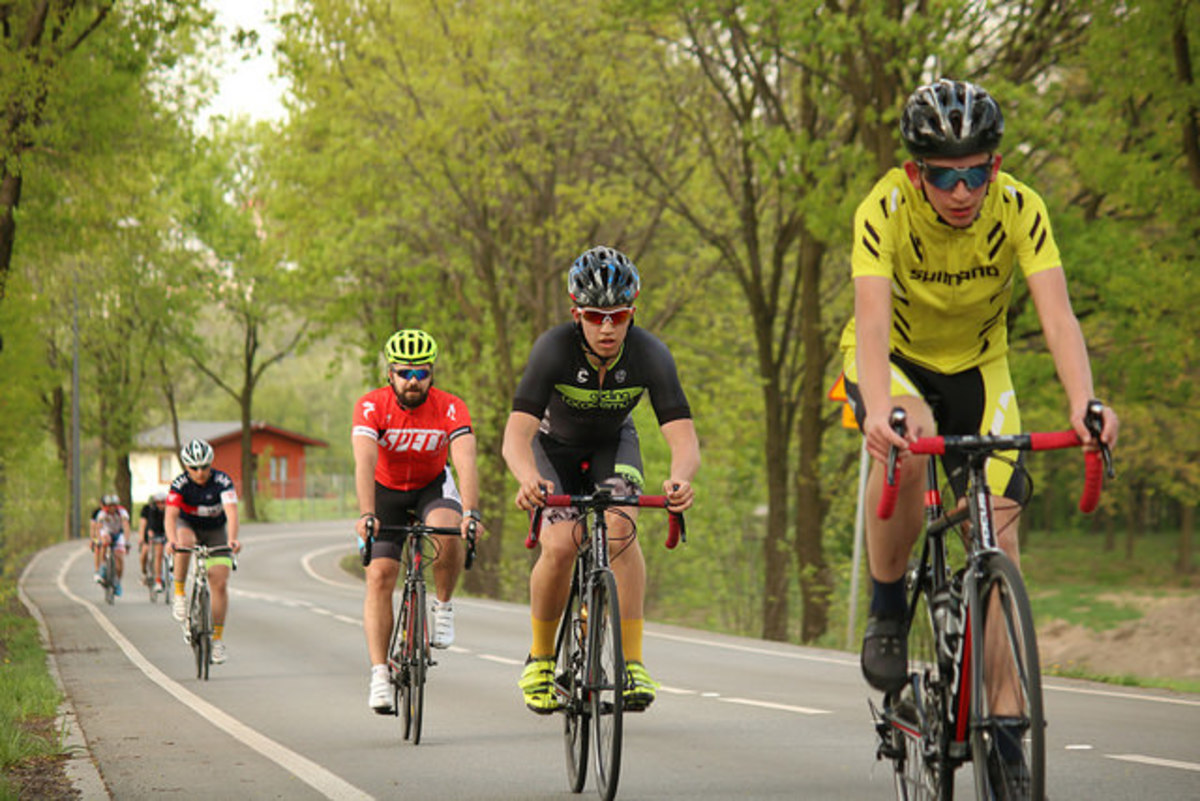Physical Conditioning Workouts: 19-25 June 2016
Introduction
The physical conditioning plan and individual workouts were designed, developed and executed by the author to enable him to accomplish his fitness goals. It is published for informational purposes only, not as a general physical training plan nor exercise prescription.
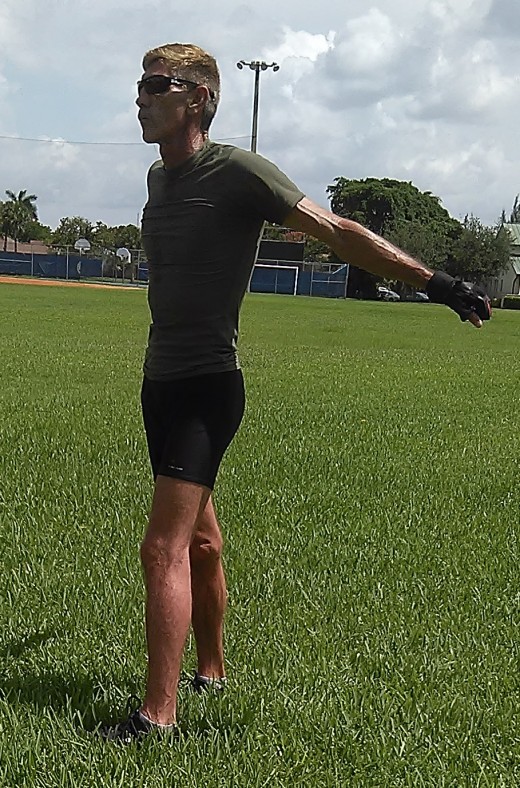
Components of Physical Fitness
Developing a fitness base is important for both the health and performance benefits of a regular fitness regimen. A comprehensive program, or total conditioning, is designed to develop capabilities across all physical fitness components. Many athletes used the total conditioning approach when developing their off-season and pre-season workout plans. Members and services of the U.S. Armed Forces couple total body conditioning with military skills in order to best prepare for the rigors of combat. The components of physical fitness are:
a. Agility – the ability to quickly change directions;
b. Cardiovascular Endurance – the ability of the cardio-respiratory system to deliver oxygen and nutrients to muscles;
c. Coordination – the ability to combine simple movements into an efficient complex movement;
d. Flexibility – the ability to move joints through a full range of motion;
e. Muscular Endurance – the ability to execute movements repeatedly;
f. Muscular Strength – the ability to produce force;
g. Power – the ability to quickly produce maximal force;
h. Speed – the ability to move quickly from one point to another.
i. Stamina – the ability to sustain rigorous activity.
A total conditioning program combines these fitness components and may be coupled with an athletic or functional program to maximize strengths while mitigating weaknesses.
Daily Fitness Component Emphasis
Day
| Emphasis
|
|---|---|
Sunday
| Cardiovascular and muscular endurance, Speed
|
Monday
| Muscular strength
|
Tuesday
| Speed and stamina
|
Wednesday
| Passive rest day
|
Thursday
| Cardiovascular endurance
|
Friday
| Muscular strength
|
Saturday
| Passive rest day
|
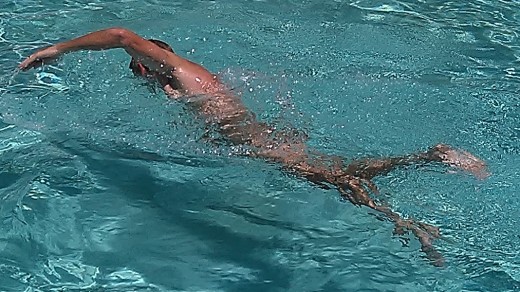
Sunday - Cardiovascular Endurance, Muscular Endurance and Speed
This daily training session was a potpourri of activities.
Following a warm-up period, core and leg work was conducted with 2 sets of air squats and planks. A calisthenics circuit including broad jumps, mountain climbers, sit-ups and twisting lunges followed.
Five sets of alternating chin- and pull-ups plus crunches preceded the day’s speed work. Following a sprint warm-up; sets of strides, loaded and unloaded starts as well as walking lunges was completed. Sunday’s workout was concluded with a 2-mile forced march with a 30 pound ruck. Ten minutes of stretching wrapped up the training session.
Warming up and cooling down
Do you plan warm-up and cool-down activities when developing your exercise plan?
Monday - Muscular strength
Chin-ups and pull-ups, in both body-weight and weighted fashion, was Monday’s featured exercise.
The session’s warm-up exercises included arm circles, butt kicks, partial squats, running-in-place, trunk bends and twists. The workout period included a circuit of bridges and planks, chin- and pull-ups, crunches, lunges, vertical jumps, weighted chin- and pull-ups. Ten minutes of total-body stretching finished the session.
Tuesday – Speed and stamina
Five minutes of walking, mobility exercises and stretching start off Tuesday’s training.
Prior to speed development training, a sprint warm-up was conducted. This specific warm-up included bounding, jogging, jogging butt kicks, skipping and striding. Aimed at improving acceleration, 10 sets of sprinter’s starts were included in the day’s speed work. A 100m multi-stroke swim followed the sprint training.
The day’s flexibility period focused on hamstring and lower-back stretching.
Wednesday – Passive rest day
Rest is an important and overlooked part of a training plan. Recuperation is essential to performance because muscles and tissues are rebuilt and strengthened while the body is at rest.
No physical activities were planned nor conducted.
Thursday – Cardiovascular endurance
Thursday’s principal activity was a 3-mile conditioning hike with a 20 pound ruck.
The day’s warm-up was comprised of flexibility and mobility exercises including air squats, bird dogs, high-knee walk, hip thrusts, standing glute and quadriceps stretches. Post hike flexibility training included calf, deltoid, groin, hamstring, quadriceps and triceps stretches.
Friday – Muscular strength
Five minutes of walking plus mobility exercises constituted the day’s warm-up.
Friday’s session centered on body weight exercises; bridges, chin-ups, crunches, planks, pull-ups and push-ups. One set each of weighted chin and pull-ups were added for additional resistance.
The day’s fitness activities were terminated following 5 minutes of stretching.
Saturday – Passive rest day
No physical conditioning activities were planned.
Summary
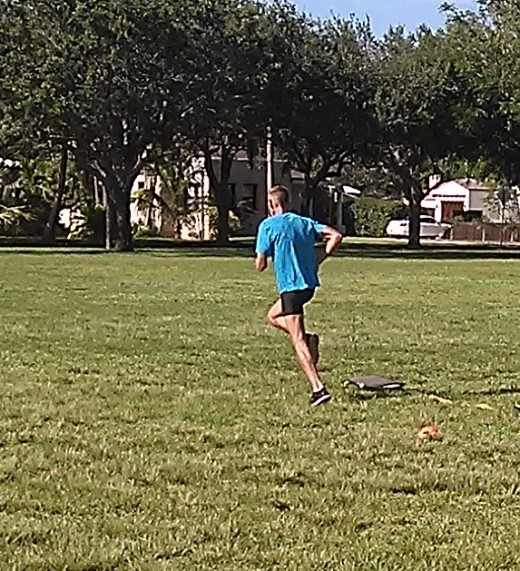
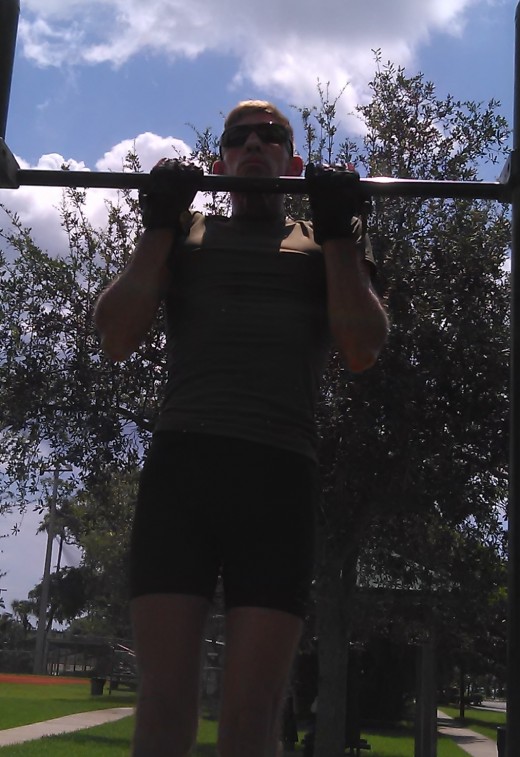
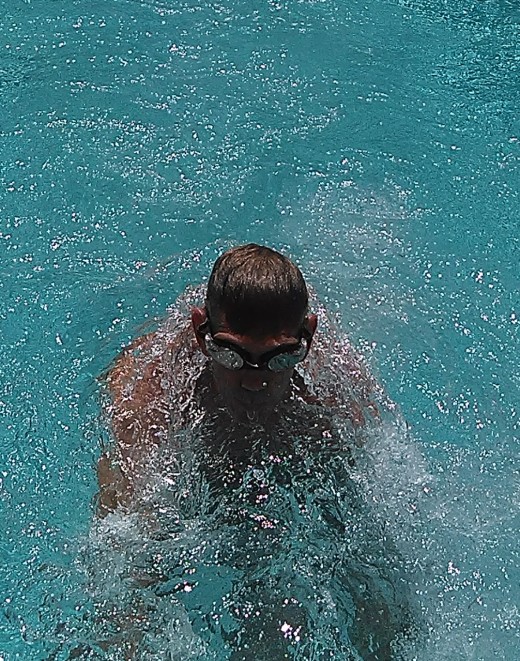

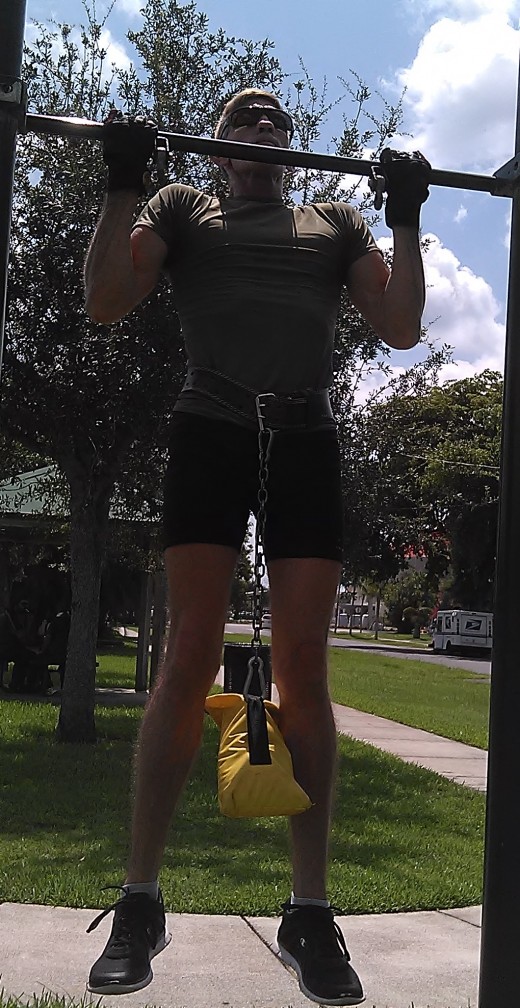
Physical fitness is not a gift and the required conditioning seasons must be done time and time again. Hard work and determination will be rewarded with a strong, healthy body.
I thank you for stopping by and I hope the information will help you achieve your goals. Knowledge is great, but knowledge in action is needed do develop a base of physical conditioning. Now its up to you to go out and get it done!
